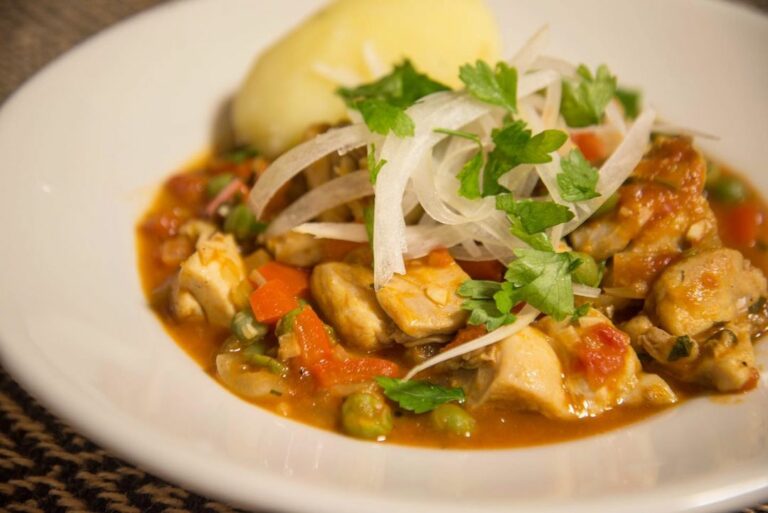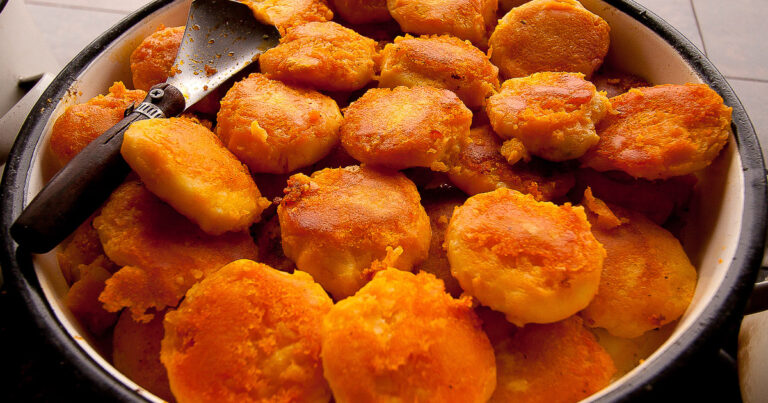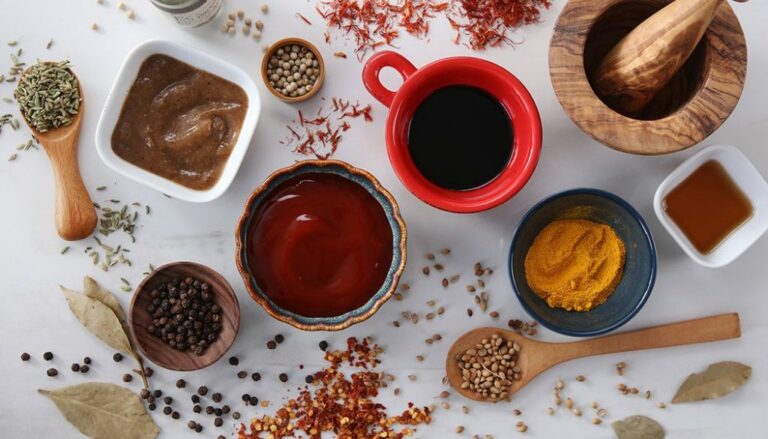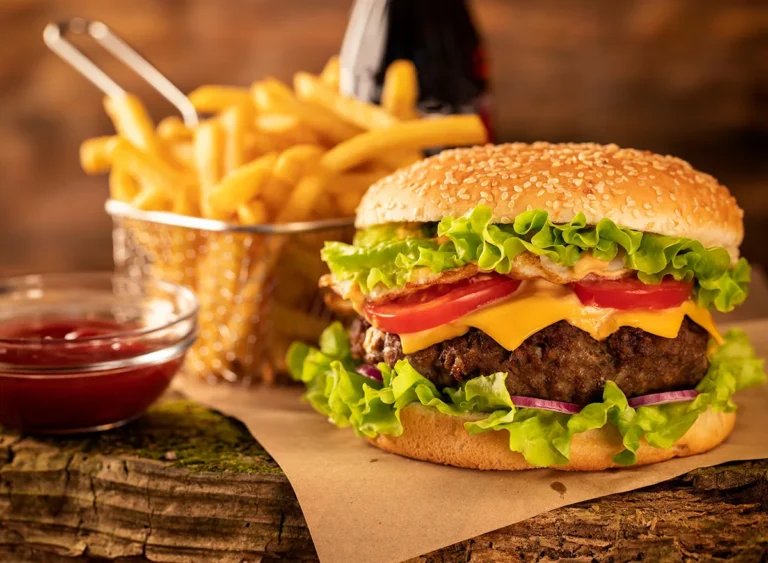Introduction: Bolivian cuisine
Bolivian cuisine is a unique blend of indigenous traditions, Spanish colonial influence, and regional variations. Located in the heart of South America, Bolivia boasts a diverse landscape that ranges from the high Andean mountains to the tropical lowlands of the Amazon rainforest. This diversity is reflected in the country’s cuisine, which features a wide variety of ingredients and flavors.
Indigenous influences in Bolivian cuisine
Bolivian cuisine is heavily influenced by the indigenous cultures that have inhabited the region for thousands of years. One of the most important ingredients in Bolivian cuisine is the potato, which was first domesticated in the Andes more than 7,000 years ago. Other indigenous staples include quinoa, corn, and various types of beans. These ingredients are often used to make traditional dishes such as salteñas (empanadas filled with beef, chicken, or vegetables) and papa rellena (stuffed potatoes).
Regional variations in Bolivian cuisine
Bolivia’s diverse geography and climate have led to a wide range of regional variations in the country’s cuisine. The high Andean region is known for hearty soups and stews, while the tropical lowlands feature dishes that are more influenced by the flavors of the Amazon rainforest. In the eastern region of Santa Cruz, for example, churrasco (grilled beef) and majadito (a rice and beef dish) are popular, while in the western region of Oruro, the focus is on sajta (a spicy meat and potato stew).
Unique ingredients in Bolivian cuisine
In addition to the indigenous staples mentioned above, Bolivian cuisine also features a number of unique ingredients that are not commonly found in other South American cuisines. One of these is charque, which is dried and salted beef that is commonly used in stews and soups. Another is coca leaves, which are used to make a tea that is said to help with altitude sickness. Other unique ingredients include chuño (freeze-dried potatoes), ají (a spicy pepper sauce), and huacataya (a type of Andean herb).
Traditional Bolivian dishes
Some of the most popular traditional dishes in Bolivian cuisine include pique macho (a hearty beef and potato dish), silpancho (a breaded beef cutlet served with rice, potatoes, and salad), and chairo (a soup made with lamb, vegetables, and chuño). Other popular dishes include anticuchos (grilled beef heart skewers), api (a sweet drink made from purple corn), and chicha (a fermented corn-based alcoholic beverage).
Influence of Spanish colonization on Bolivian cuisine
Like many other South American countries, Bolivia was colonized by the Spanish in the 16th century. This colonization had a significant impact on the country’s cuisine, as the Spanish brought with them new ingredients and cooking techniques. Some of the most important Spanish ingredients in Bolivian cuisine include wheat flour, sugar, and various types of meat. Spanish influence can be seen in dishes such as empanadas (stuffed pastries) and fricasé (a stew made with pork, potatoes, and corn).
Comparison with other South American cuisines
While there are certainly similarities between Bolivian cuisine and other South American cuisines, such as Peruvian and Ecuadorian cuisine, there are also some significant differences. One of the most notable differences is the heavy use of potatoes and other indigenous ingredients in Bolivian cuisine. Additionally, the regional variations in Bolivian cuisine are more pronounced than in some other South American countries.
Conclusion: Bolivian cuisine’s distinctiveness
Bolivian cuisine is a fascinating blend of indigenous traditions, Spanish influence, and regional variations. With its unique ingredients and traditional dishes, Bolivian cuisine stands out as one of the most distinct and flavorful cuisines in South America. Whether you’re trying salteñas in La Paz or churrasco in Santa Cruz, there is no shortage of delicious and unique dishes to try in Bolivia.










